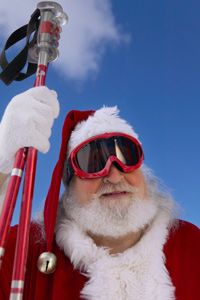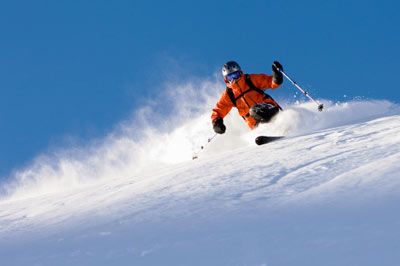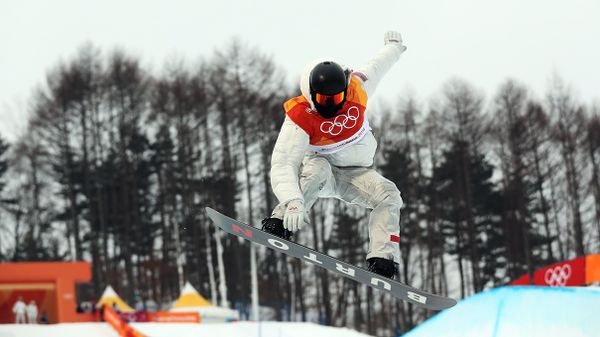It's a Thursday afternoon, and even though you should be working, you can't help but steal a glance at the snowfall rates at your favorite ski spots. When you discover that good skiing is to be had, you hatch a plan: call in sick on Friday, catch a cheap flight and make a weekend out of rushing down snow-covered mountains by day and lounging in front of roaring fires with hot chocolate by night.
Packing for such a spur-of-the-moment trip can present special challenges to ski aficionados. While every sport requires its own set of shoes or accessories, snow skiing requires a long list of gear, from skis and boots to long underwear and ski suits. More and more skiers are bringing along a helmet as well; a 2008 survey found that 43 percent of U.S. skiers and snowboarders now wear protective headgear, compared to just 25 percent in 2003 [source: Spellman, Hanna].
Advertisement
While safety advocates are still trying to persuade skiers to wear helmets for safety reasons, there are two pieces of equipment that most ski bunnies reach for automatically: ski poles and ski goggles. What do these pieces of ski equipment do, and why are they essential to a snow skier's get-up? Before you rush off for that ski chalet getaway, let's take a closer look.















